ENGN8527
Smart Grids 1
Outline
Smart Grid
An electricity network that uses ICT to make automated decisions on the production, consumption and distribution of electricity
Spectrum of Network "Intelligence"


Advantages
- Enable distributed generation
- New markets for participants
- Lower infrastructure costs
- Cheaper to operate and maintain
- Improved reliability
Sensors - Smarts - Actuators


Sensing
- Meters
- Voltage and current transformers
Meters
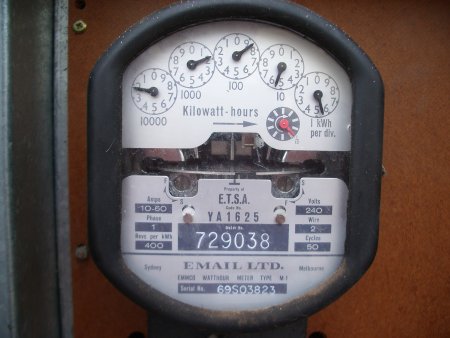
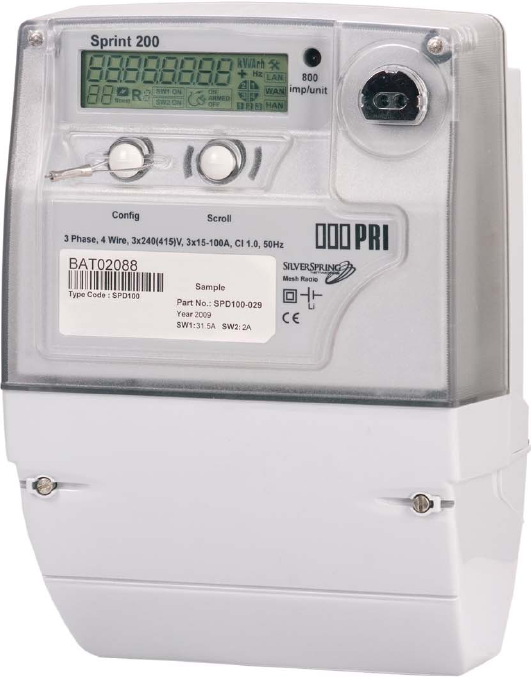
Electromechanical meters
- Cumulative consumption
Smart meters
- Interval readings
- Peak consumption
- Reactive power
- Sophisticated pricing
- Remote readings
Voltage/Current Transformers
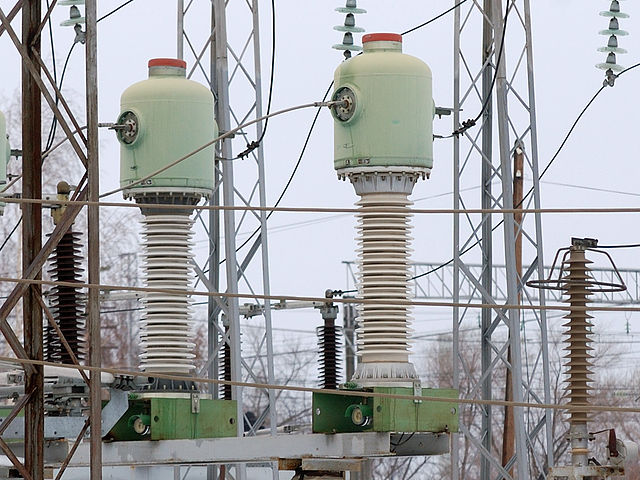
- Measure AC voltage and current
- Can be used to activate protective equipment
- When used together can calculate \(p\) and \(q\)
Actuation
- Generator governor and exciter
- Transformer tap ratios
- Switchgear
- Demand response
- Synchronous condenser
- FACTS devices
Generators


- Governor set point for real power
- Exciter DC voltage to adjust reactive power
Transformers
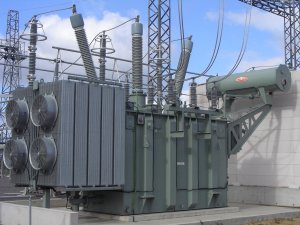
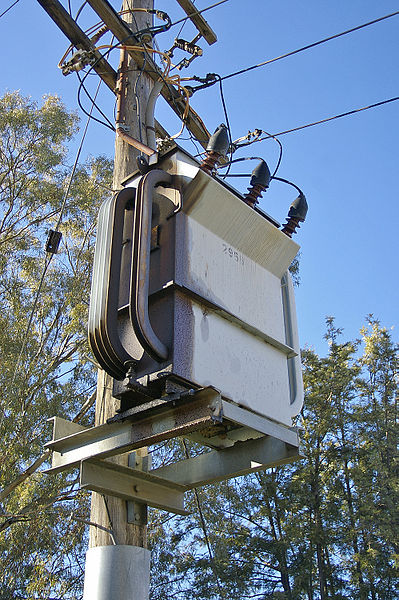
- Tap ratio to maintain voltage
- On-load automatic or off-load manual tap changing
- Phase shifting transformers to control flows
Switchgear
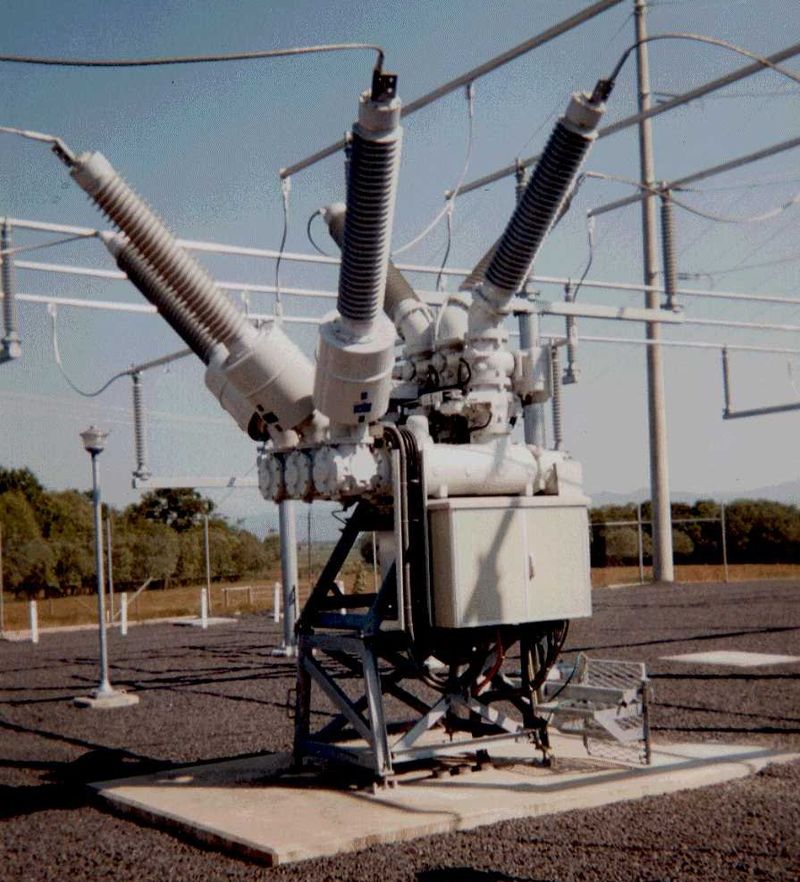
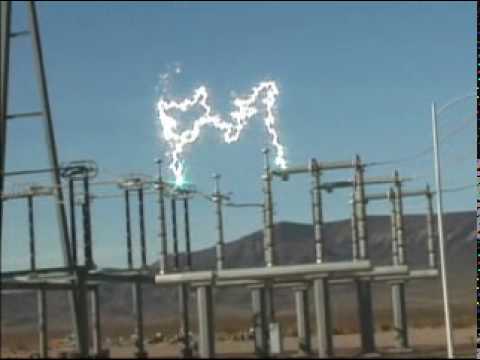
- Breakers, reclosers, sectionalisers
- Interrupt and isolate faults
- De-energise sections
- Reconfigure
- Not all rated to interrupt fault currents
- Automatic, remote or locally activated
Demand Response
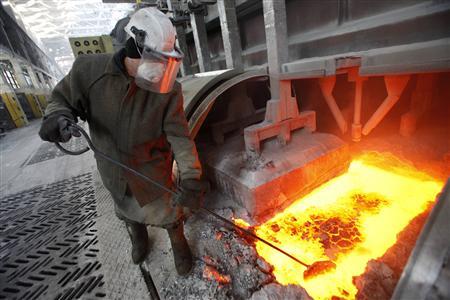
- Special contracts with large loads
- Network operator sends request to defer load
Synchronous Condensers
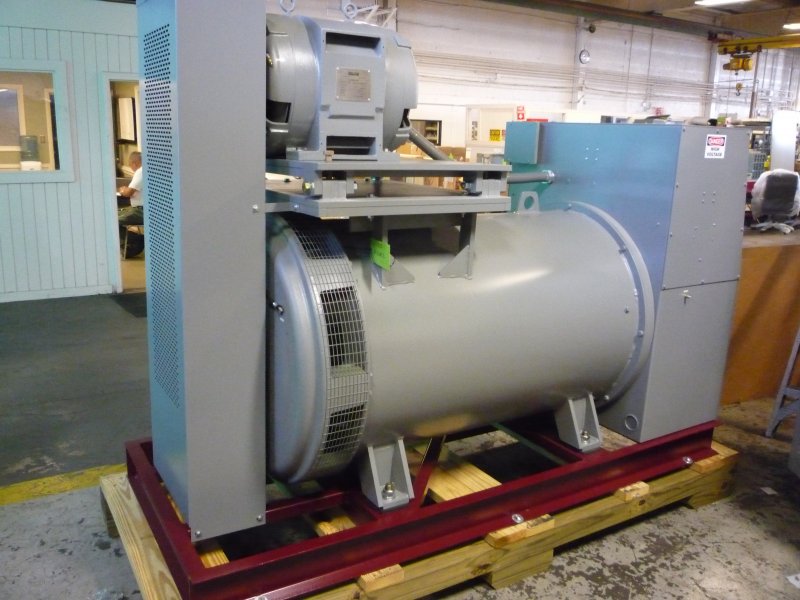
- Synchronous motor with no load connected
- Exciter for reactive power control
FACTS Devices
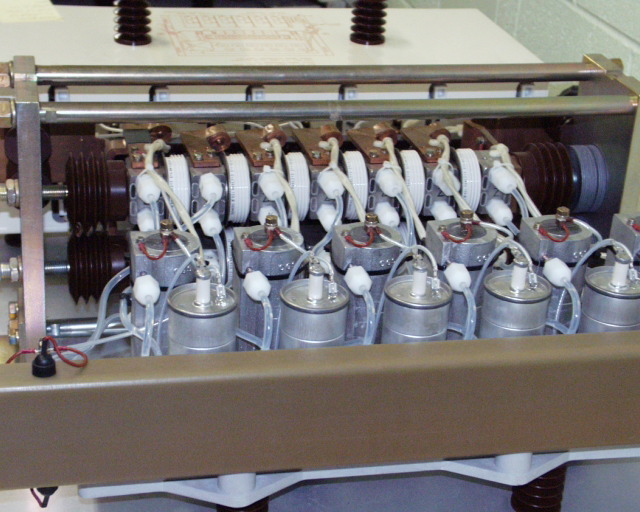

- Source/sink reactive power
- Power electronics with capacitors/inductors
- Mechanically switched capacitors
Management/Automation
- Dispatch engine
- DMS
Dispatch Engine
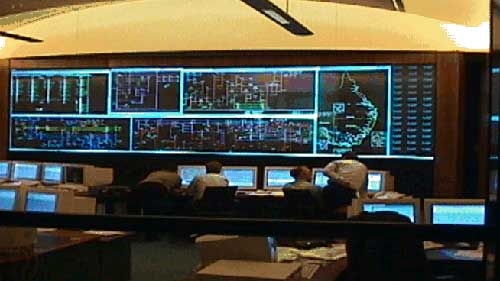
- Decides how the wholesale market is cleared
- Used alongside contingency simulation,
- and FCAS markets
Dispatch Engine
Dispatch Engine
Distribution Management System
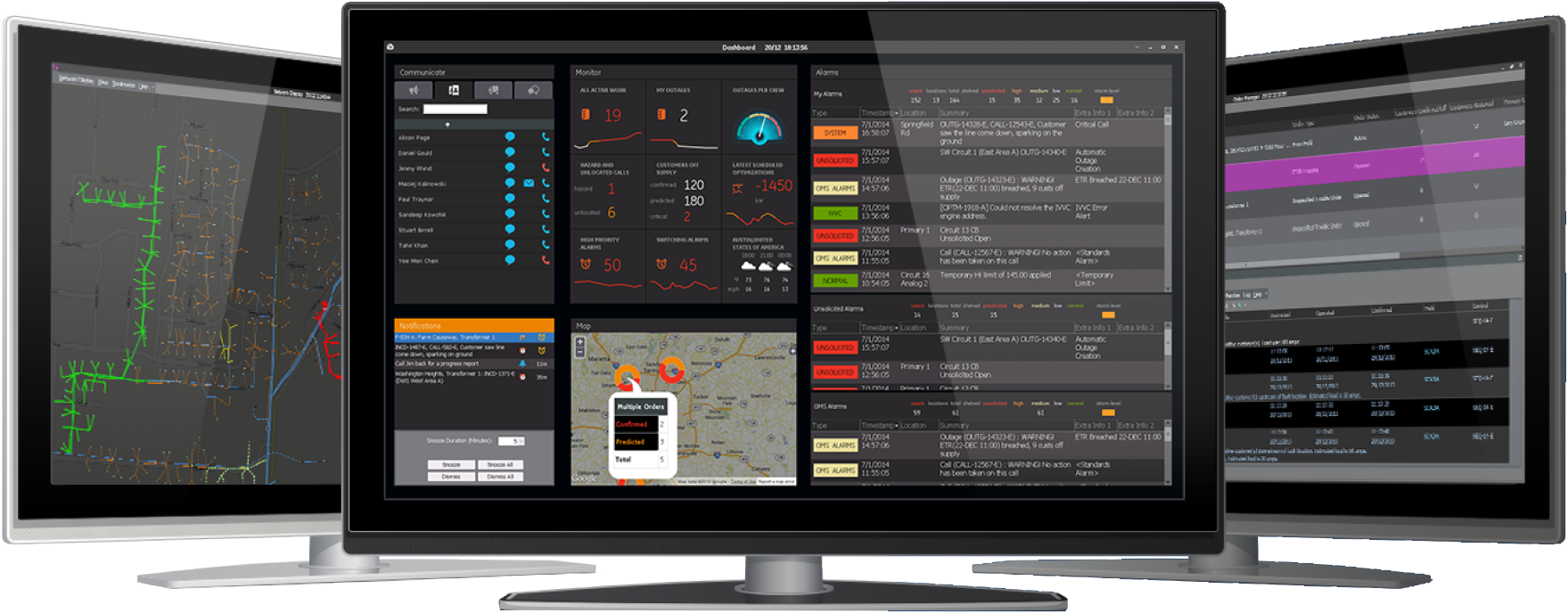
- SCADA
- State estimation
- Load flow studies
New Technologies
- Distributed generation
- Batteries
- Electric vehicles
- Inverters
- EMS
- Cheap networked sensing
- Synchrophasors
Distributed Generation

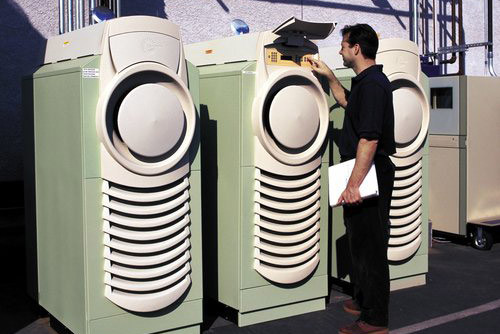

- Power supplied close to loads
- Less control
- Greater uncertainty
Batteries/Electric Vehicles
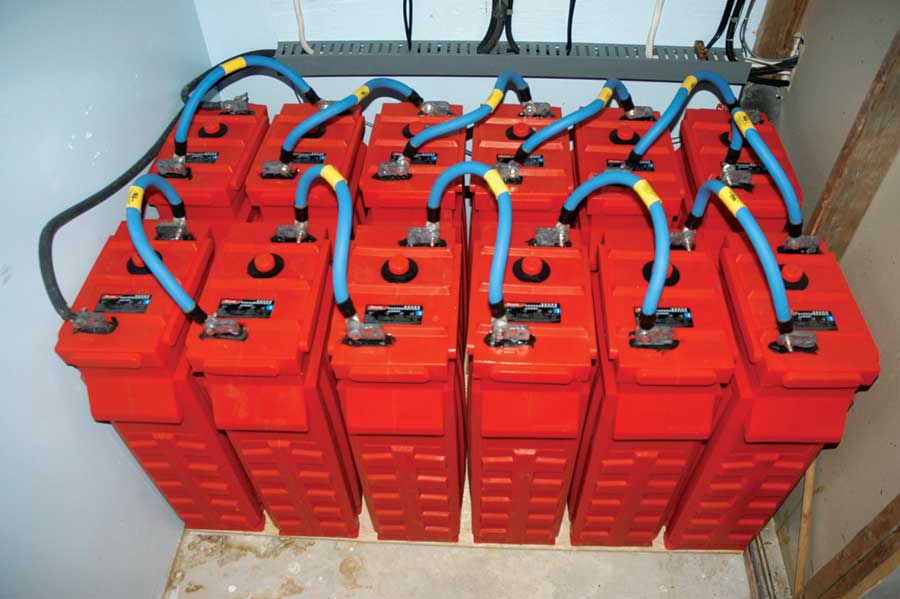

- Smooth out consumption and PV generation
- Electric vechicles to increase loads
Inverters

- Convert DC to AC for PV and batteries
- Power factor control
Energy Management Systems
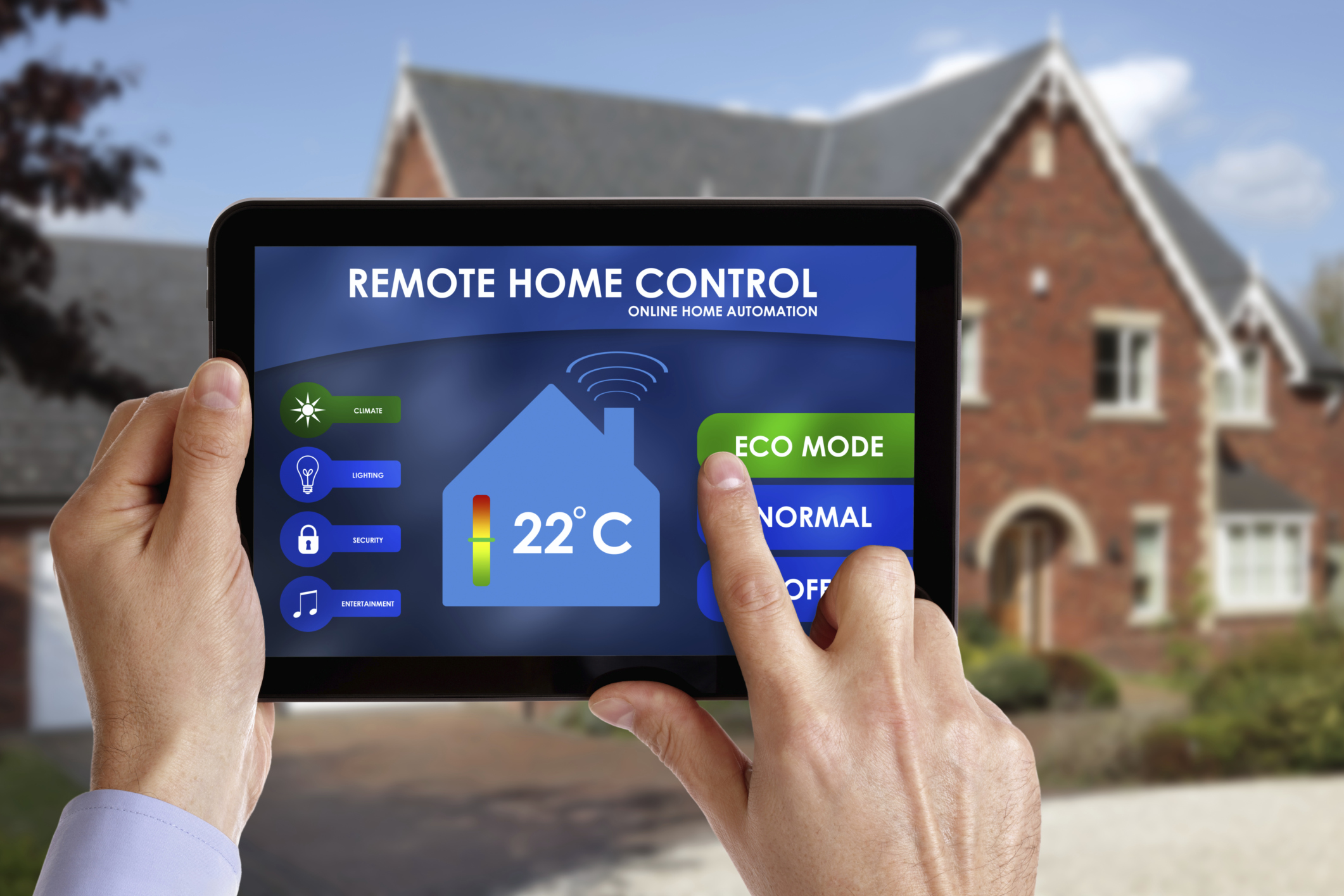
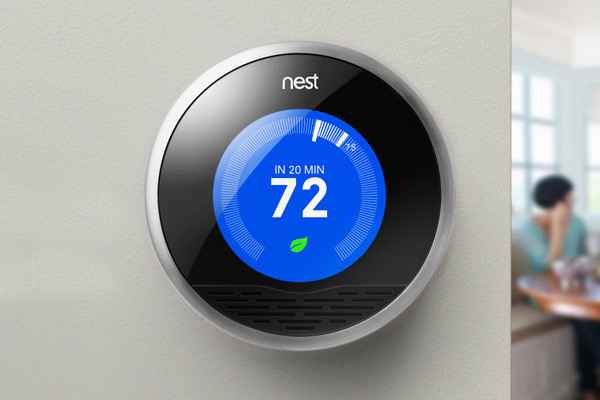

- Communicate with smart devices
- Coordinates devices to reduce costs for house
- Responds to price signals or requests from network
Cheap Sensing

- Current
- Temperatures
- Sag
Synchrophasors
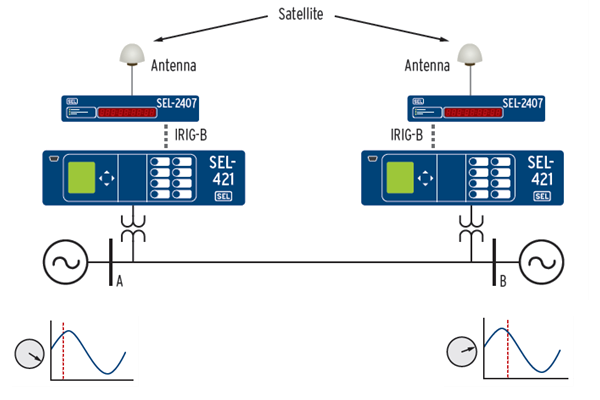
- Enable phase angle measurements
- Can identify frequency changes
- Used for network monitoring and analysis
Communication
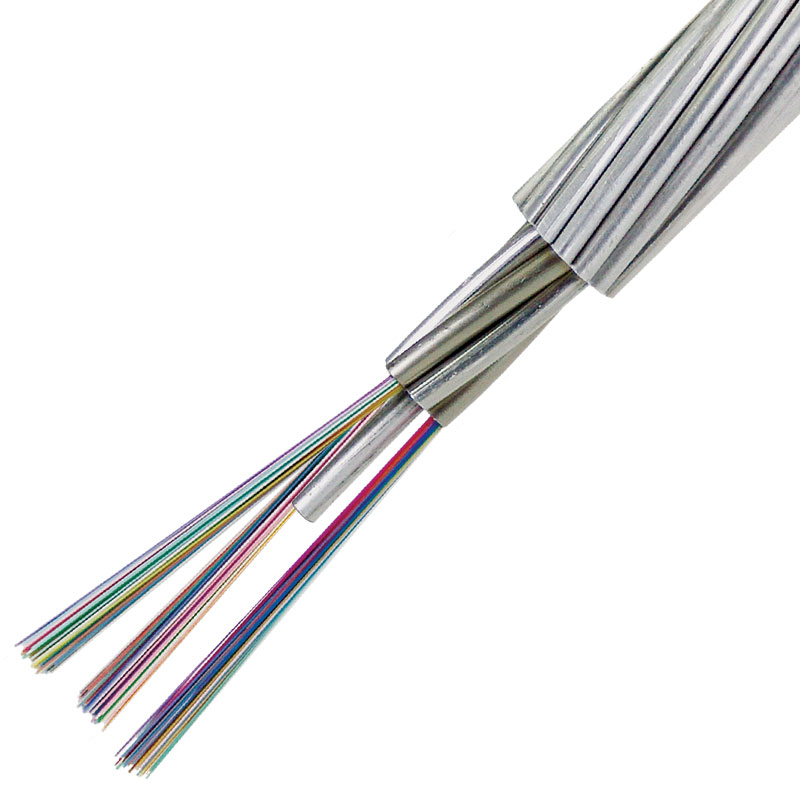
- Power-line communication
- Mobile phone network
- Fibre optics (bundled with conductors)
- Wireless (ZigBee and WiFi)
Communication
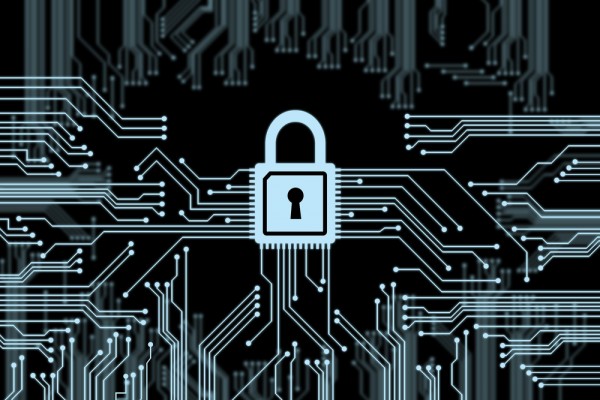
- Reliability
- Delay
- Security
Dynamic Line Ratings
Can we push more power on our networks by safely operating closer to the network limits?
DLR: Motivation
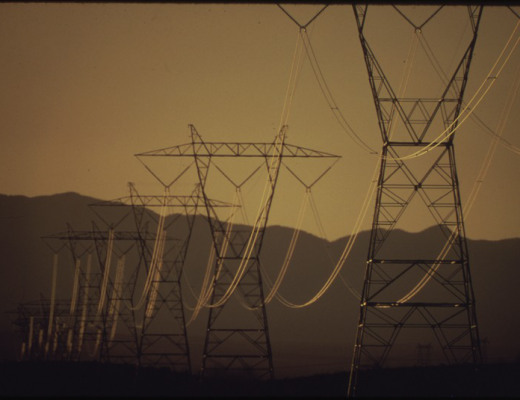
- Better utilisation of infrastructure
- Reduce need to invest in upgrades
DLR: Description
- High flows heat lines and which sag
- Wind, ambient temp, radiation have large impact
- Significant dynamics
- Idea: Real-time line rating based on a combination of direct measurements and modelling
DLR: Characteristics
(Yang et al. 2009)
DLR: Usage
- Dynamic trip currents for circuit breakers
- Dynamic warnings for DMS system
- DMS to take preventative action
Self-Healing Grid
What if the grid could automatically reconfigure itself to isolate a fault and resupply power?
SHG: Motivation

Utilities pay the regulator huge fines for downtime, and blackouts have huge opportunity costs for those affected
SHG: Description
- Power supply restoration is the central problem
- Take corrective action in under a minute
- Remotely operable switches make this possible
- Crews still go out and physically fix equipment
SHG: Overview
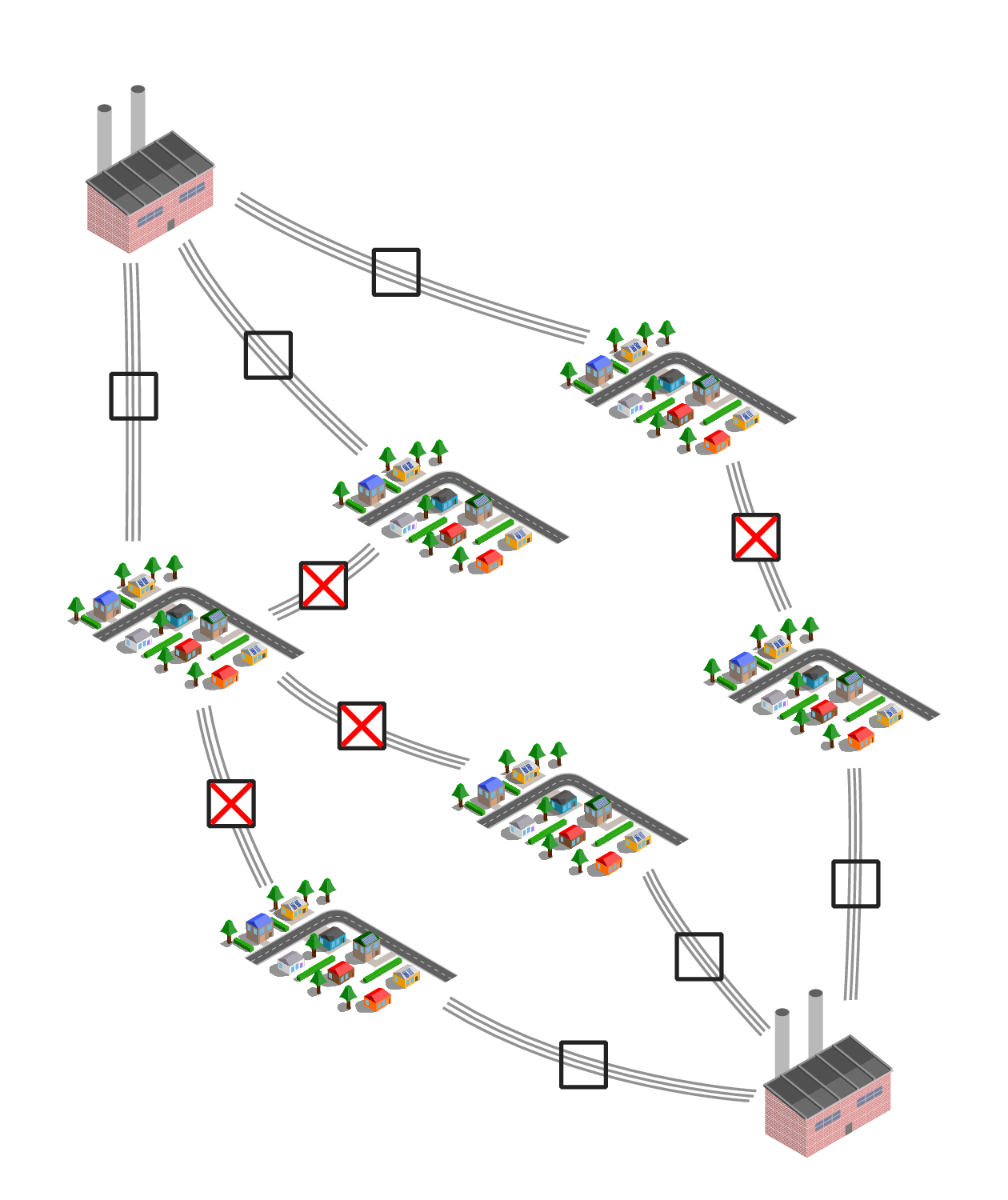
SHG: Overview
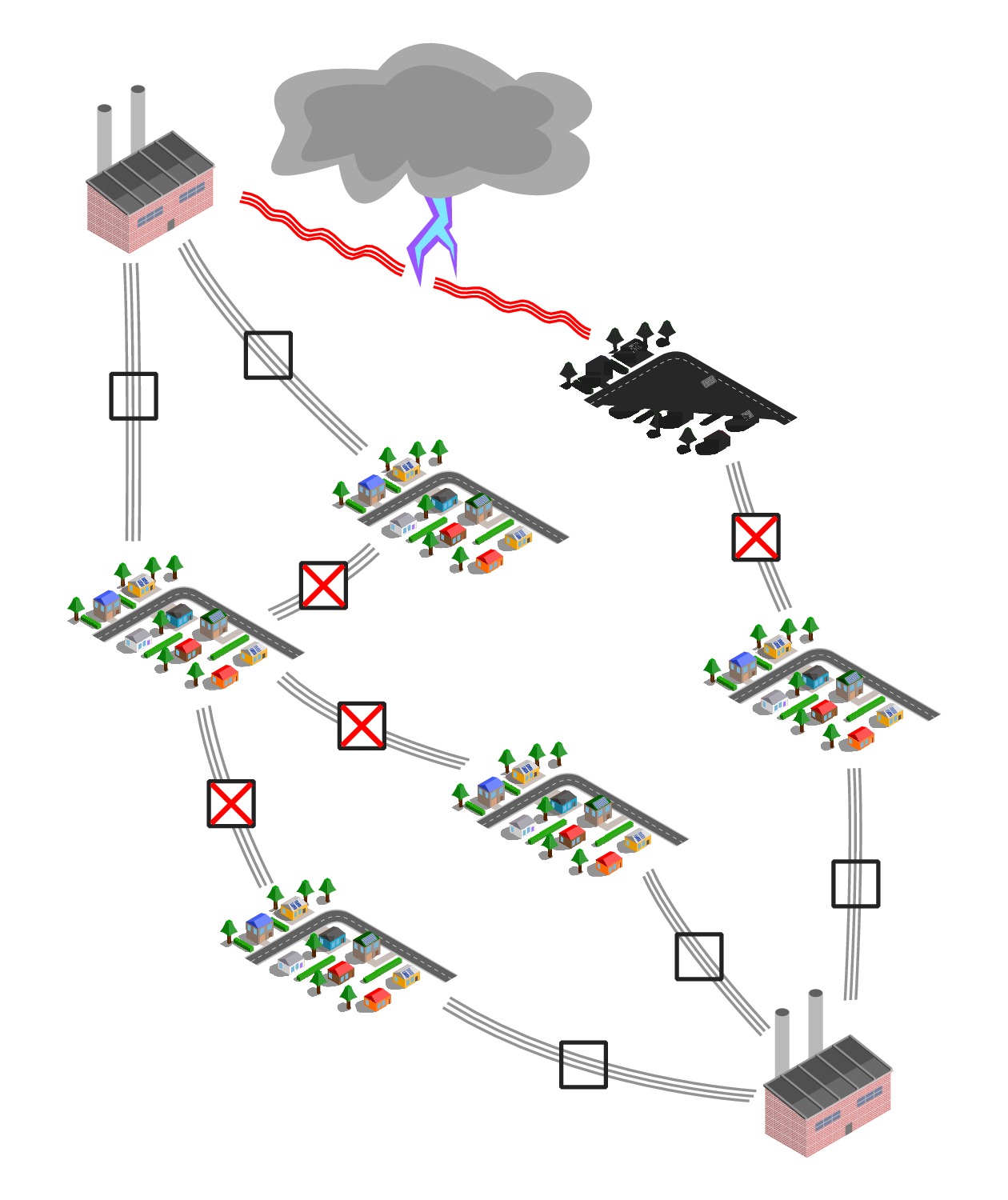
SHG: Overview
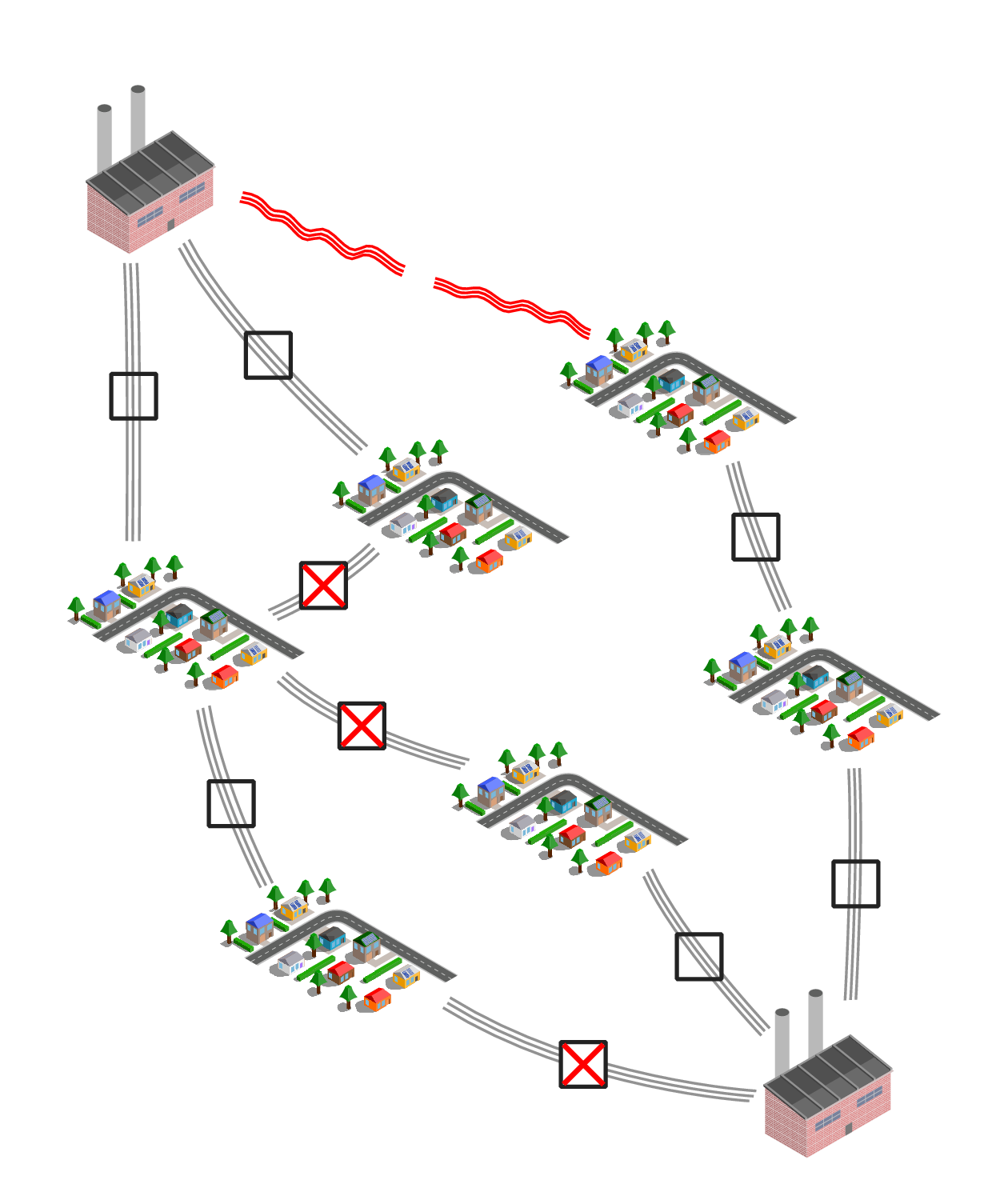
SHG: Automation
We can turn this into an optimisation problem:
- Maximise number of loads served
- By switching lines and redispatching generation
- Subject to network constraints
SHG: Demo
SHG: Prediction
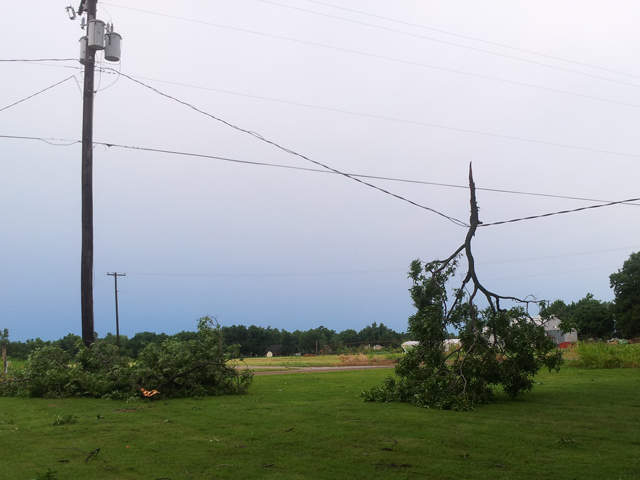
- Machine learning to predict impending failures
- Corrective action to prevent the situation escalating
References
- Yi Yang; Harley, R.G.; Divan, D.; Habetler, T.G., "Thermal modeling and real time overload capacity prediction of overhead power lines," Diagnostics for Electric Machines, Power Electronics and Drives, 2009. SDEMPED 2009. IEEE International Symposium on , vol., no., pp.1,7, Aug. 31 20096-Sept. 3 2009